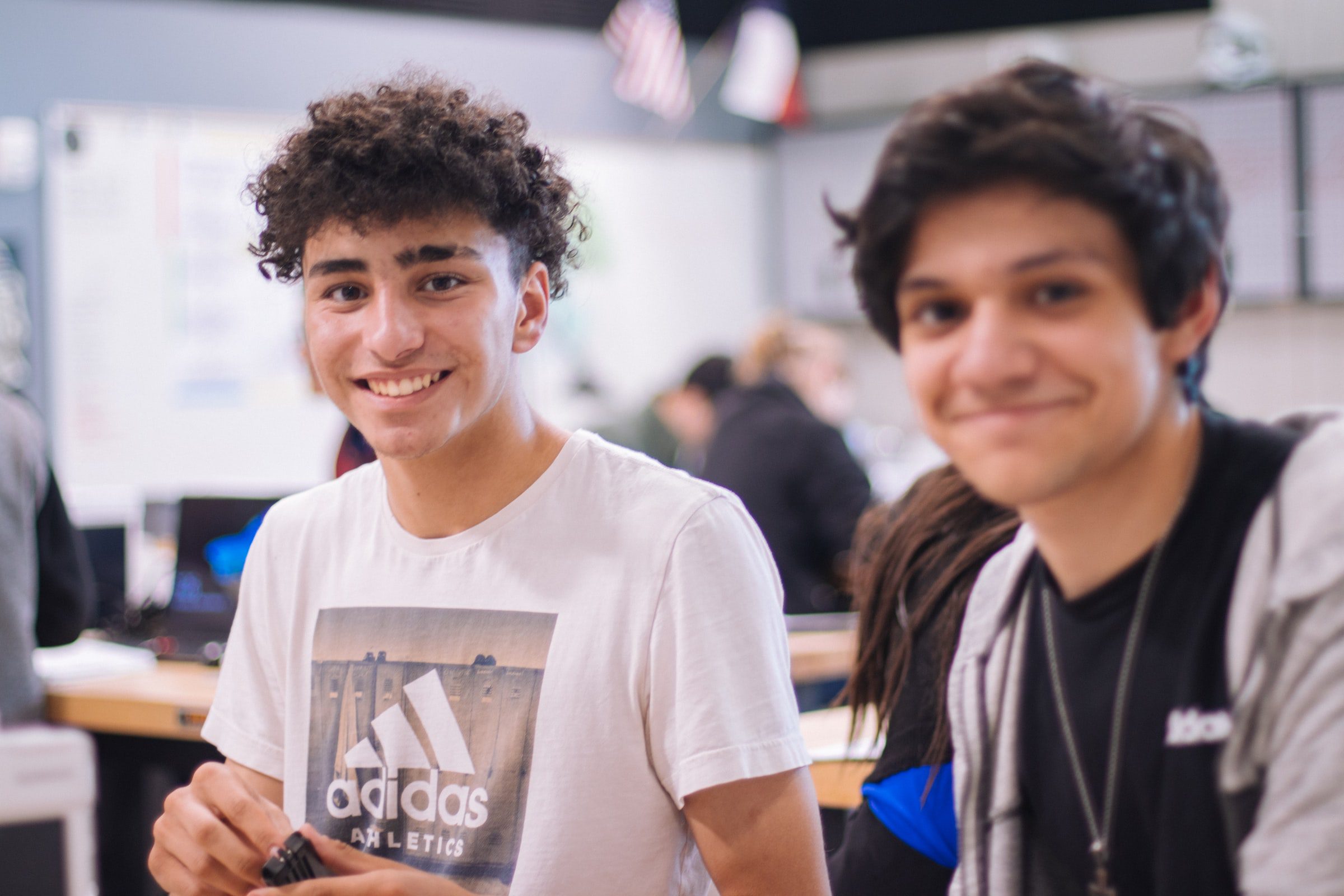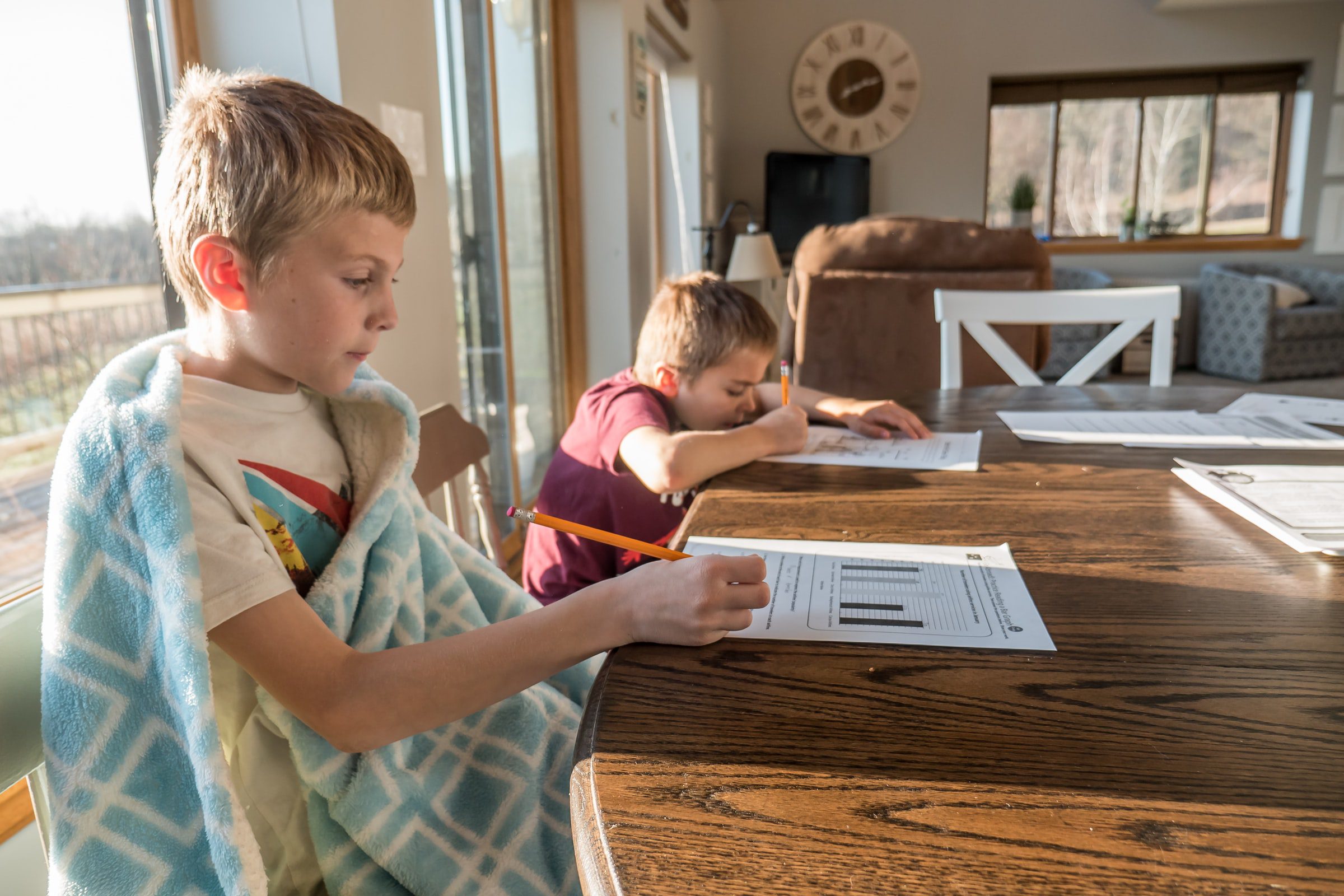The best way to teach your child to have healthy personal boundaries is to model them in your relationship with them. Healthy boundaries are a balance between appropriate negotiation and clear limit setting. Boundaries help us avoid both endless arguing or yelling on the one hand, and not caving in on the other.
Let’s start with what we do want: encouraging a child’s sense of initiative and being clear about what the rules are. In my 20 years as a child and adolescent therapist, I have seen too many parents stuck in never-ending arguments over rules or limits. Some alternate between yelling and giving in when it all becomes too exhausting.
To be clear, parents are there in a child’s life to set limits and consequences so the child does not have to learn everything the hard way. None of us want a child to learn to cross the road safely through natural consequences. How we handle those limits sets an example of how to handle boundaries in personal relationships.
What setting limits for children looks like is different according to their developmental stage. A few basic principles:
- Spend some time reflecting on what rules or limits make sense for your child living in your family.
- Allow yourself to say, “I am not sure” and then talk things over with another adult whose advice you trust.
- Take time to really listen to what your child is asking and why.
Infants

Okay, there are no boundaries in the beginning. A newborn doesn’t even know they are a separate person from you. Their existence depends on you providing, or ensuring that someone else is providing, every need. By the end of the first year we are beginning to set limits often: “You can’t have my glasses.” “Keep your hands out of my mouth.” “You can’t bang on the computer.” The most important principle in this stage is consistency. “You may never take my glasses and play with them.”
Toddler/Preschool
Limit setting goes up a lot for safety reasons. “Hot, no touch!” and “Hold my hand as we cross the street.” It also goes up around personal boundaries. Some parents don’t care if the kiddo hangs out in the bathroom while your take a shower, others need some time and space. It is okay to set boundaries to meet your own needs as long as the child’s needs (not wants) are also being met. Distinguishing between needs and wants is vital. In public you have to take the child to the bathroom with you so that they are safe, at home you can have privacy.
Some parents are fine with kids eating off their plate, others are not, and will get their child a little dish to have their own taste. Either is fine; you have a right to your preference. Attach simple words to describe your reasons. It is okay for them to be upset, but it is not ok for them to hit or bite. When they are upset again, use words but don’t change your decision. “I know you really, really want that thing you may not have. You look sad.” Offer a hug, a distraction, or simply give them a moment to be sad. This teaches empathy and teaches that we do not need to rescue, or be rescued from, feelings.

Grade School

This is when modeling boundaries starts to get really interesting. Bedtime is a big one. “I need you to go to bed to sleep/rest as I am “off duty” unless you have a NEED.” Clarify the kinds of things that are a need: feeling ill or having a nightmare, and the things that are not: “I’m bored and can’t fall asleep.”
Another big one is engaging in pointless arguments. Most of us find arguing to be really stressful. A useful boundary here is to not argue round and round. When you realize you have moved from discussion to argument stop. Take a slow breath. Restate the situation calmly. “You want my permission to do x, I said no for this reason. Neither of us are happy right now so I am taking a break from this conversation. We can talk again when we are both calm. Right now I am going to go switch over the laundry (or other thing that needs done).” Then walk away. Do that useful thing you said you would do. Return to the conversation when both of you are more calm. Note: It takes AT LEAST 20 MINUTES for people’s neurochemistry to return to calm. So don’t reengage for half an hour if at all possible. Model and allow privacy, the right to say ‘no’, and limit setting of all kinds. Again, we can empathize with feelings without needing to rescue kids from them.
If you are willing to negotiate on a particular rule, talk to your child when it is not bedtime and no one is upset. “You would like this rule to change. Can you share what you think that could look like?” Think about it. Think about what would help you know your child is ready for that. You are modeling willingness to hear someone out without being willing to put up with arguing, yelling, or name calling.

Online Boundaries: Explore the internet with your kids and talk about why and how you set boundaries online. Listen to their experiences. Find resources on internet safety and ask your kids if they think this stuff makes sense or not. Ask them how a person might use the internet and stay safe at the same time.
Adolescence
Early adolescents are not great at planning. Hence, we get the last minute, “Can you drive me and my 4 friends to this fun place I never told you about, that costs an undetermined amount of money.” There are so many teachable moments here and yet we do want them to branch out and try new things when feasible. Start with conversations earlier in the week: “Let’s talk about the weekend plans.” “Here are the rules about money for fun stuff.” During calm moments take time to talk about boundaries and priorities. This is a process, and can be frustrating, but this is how kids learn to plan.

Older adolescents are going out into the world and making boundary decisions all the time. Notice positive choices they make and acknowledge them. Discuss quandaries with them. Help them see their own areas of weakness. Maintain your own boundaries with them as they move to adulthood. Clarify the difference between “I am helping you because it is my responsibility as your parent” (school calls because your child is sick) and “I am helping you because I have the time and am willing to do so, however now you owe me a favor back.” (They ask you to bring their science project to school because they left it on the kitchen table). My rule was that if I was doing them a favor they paid me back by doing a chore or task that they wouldn’t normally do. My hope was that I was teaching the nature of a reciprocal relationship.

Family life offers many, many opportunities to consider and practice boundaries. Children’s boundaries change in a flash as they enter new stages of development. Our almost 4-year-old granddaughter announced, “privacy please!” after months of wanting us to keep her company while she went potty. Our job as parents and caregivers is to notice the shift and support their healthy boundaries.
This is a complicated and constantly shifting process for all people. Giving yourself permission to step back and reflect on how it is going allows you to learn from your own process. Telling your kids you need to step back to reflect models healthy boundaries for them as well.
Peace,
Laura







